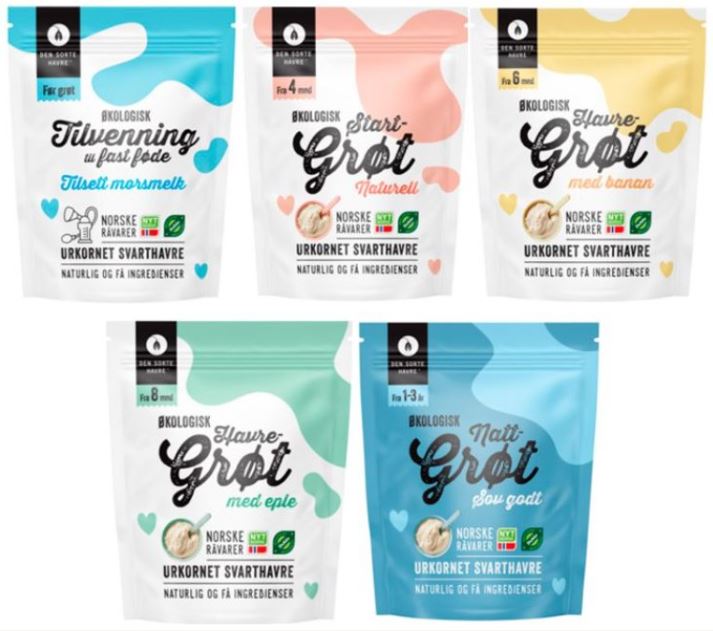In January, Den Sorte Havre withdrew several of its products intended for children from the market. The reason was suspected food poisoning in several small children. Product analyzes showed the presence of bacterial toxins that could have caused food poisoning.
Earlier this year Norwegian Office The Food Safety Authority received 23 reports of concerns about children who became ill and vomited violently after eating baby food products from Den Sorte Havre. All of them had short courses of the disease and are now healthy. After the manufacturer itself withdrew the products from the market, no further cases of possible food poisoning were reported.
In last weeks Norwegian Office The Food Safety Authority carried out extensive analytical and monitoring work in cooperation with the manufacturer, the Veterinary Institute (VI), the Norwegian Institute of Public Health (FHI) and the Norwegian University of the Environment and Biological Sciences (NMBU) to find the possible cause children's diseases.
Toxins in baby food
Research revealed the discovery of toxins, or poisons, produced by the bacterium Bacillus cereus . In some samples, the amount of toxin was high enough to be the cause of the symptoms the children experienced. The common ingredient of the products in question is ground black oats, which come from the same batch of raw materials.
Bacillus cereus is a soil bacterium commonly found in soil and cereals. Under the right conditions, the bacterium can multiply in grains and food products, producing a toxin that is highly resistant to heat. This allows the toxin to survive frying and cooking.
Also read: The Norwegian Directorate of Education wants to remove mobile phones from classrooms
The toxins of these bacteria can cause short-term food poisoning that lasts up to one day. Symptoms include vomiting and diarrhea. Interviews with caregivers conducted by FHI showed that children who became ill vomited repeatedly within one to two hours after eating the products.
The Norwegian Food Safety Authority will monitor the manufacturer's activities to find out where bacterial toxins may have been created during the production process. There are stringent requirements for businesses producing baby food and a separate set of regulations governing both the safety and suitability of baby food. It is the responsibility of businesses to ensure that they comply with the regulations.
The Norwegian Food Safety Authority is also asking consumers to throw away baby products from Den Sorte Havre or return them to the store for an exchange. See Barnegrøt – DEN SORTE OAT, from Tveter Gård Foredling AS is withdrawn from the market
Like us on Facebook and share our post with others
Source: Mattilsynet, Photo: Mattilsynet/screenshot
Also read: Take advantage of many discounts with the mObywatel application



